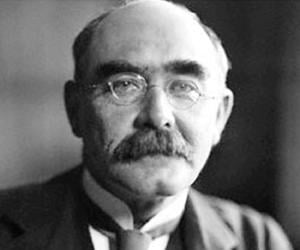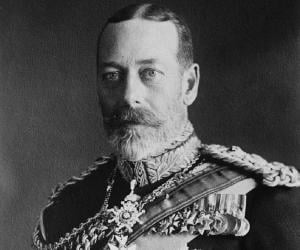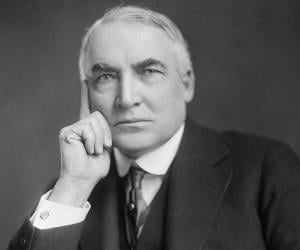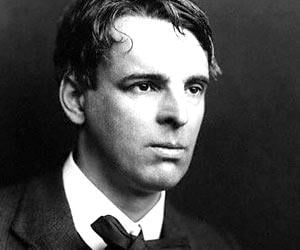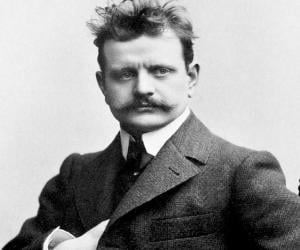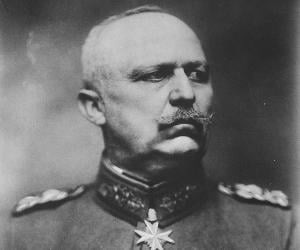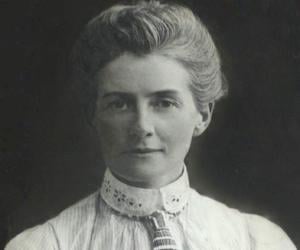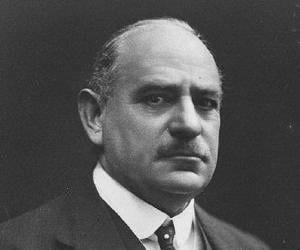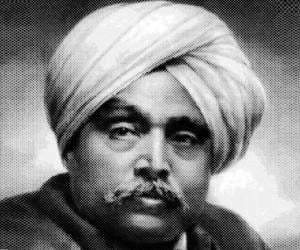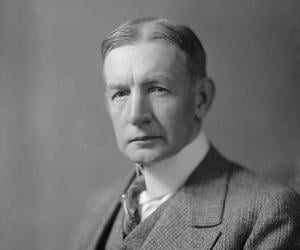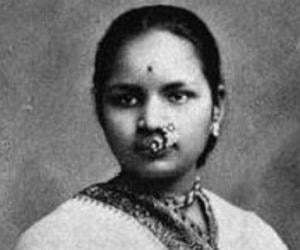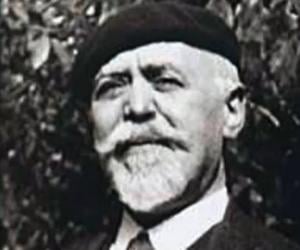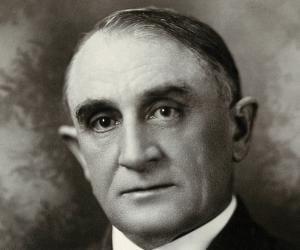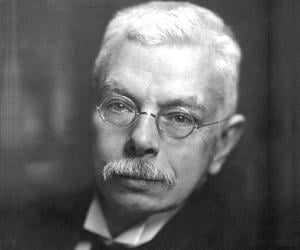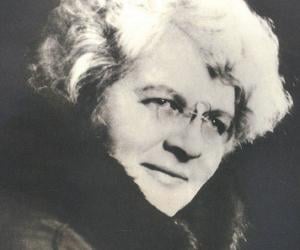English journalist, short-story writer, poet, and novelist Rudyard Kipling is best remembered for his fiction work The Jungle Book. He was born in India and many of his works are inspired by his life in the country. He was one of the most popular English writers in the late 19th and early 20th century.
George V became the King of Great Britain and the British Dominions in 1910. During the World War I, he played an active role in supporting the troops. The rise of socialism, communism, fascism and the Indian independence movement was witnessed during his rule. His reign also saw the supremacy of the elected British House of Commons established by the Parliament.
The 29th President of the United States, Warren G. Harding assumed office in 1921 shortly after the end of WWI and became very popular. He died in 1923 while still in office. Later, various scandals that occured during his presidency were uncovered and his image suffered a serious setback. His presidency is today ranked amongst the worst in the American history.
Jean Sibelius was a Finnish violinist and composer. Widely regarded as Finland's greatest composer, Sibelius' music is credited with having kindled nationalism in Finland during the country's struggle for independence from Russia. His work has inspired other important composers like Douglas Lilburn. The International Jean Sibelius Violin Competition, which is held every five years, is named after him.
German military leader Erich Ludendorff gained fame with the victories at Liège and Tannenberg during World War I. He promoted the theory that Marxists, Jews, and Freemasons were responsible for Germany’s defeat in the war. He later became a military theorist, writing books such as The Total War.
Edith Cavell was a British nurse best remembered for saving the lives of many soldiers from both camps without discrimination. She helped nearly 200 Allied soldiers escape from Belgium during World War I. Her decision to help both German and Allied soldiers without discrimination landed her in trouble; Edith Cavell was accused of treason and sentenced to death.
John Monash was an Australian military commander during World War I. He played a major role in the Gallipoli campaign, which took place from February 1915 to January 1916 on the Gallipoli peninsula. John Monash is widely regarded as the most popular commander in Australian history and one of the most prominent allied generals of World War I.
Lala Lajpat Rai was an Indian politician who played a major role in the Indian Independence movement. He is credited with inspiring many young men, including Bhagat Singh and Chandrasekhar Azad, to join the freedom struggle through journalistic writings and activism. He was popularly known as Punjab Kesari.
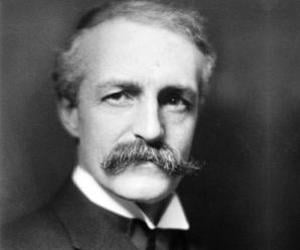
Gifford Pinchot was an American politician and forester. He is best remembered for his service as the first chief of the US Forest Service from February 1905 to January 1910. Gifford Pinchot also served as the Governor of Pennsylvania on two occasions; from 16 January 1923 to 18 January 1927 and again from 20 January 1931 to 15 January 1935.
Though she was married off at age 9 and had had a baby by 14, Anandi Gopal Joshi rose to become one of the first female doctors in India and the first Indian-origin woman to graduate with a medical degree in the US. Unfortunately, she died of tuberculosis shortly before her 22nd birthday.
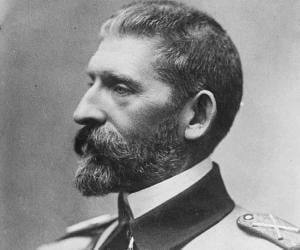
Ferdinand I of Romania reigned as the King of Romania from 10 October 1914 until his death on 20 July 1927. He chose to support the Triple Entente during World War I and managed to annex Transylvania, Bukovina, Bessarabia, and parts of Maramureș, Crișana, and Banat, which resulted in the establishment of Greater Romania.
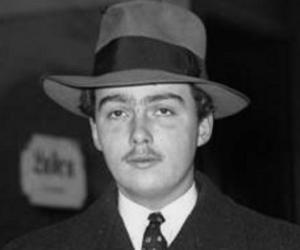
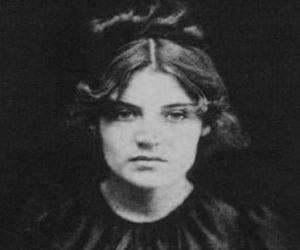
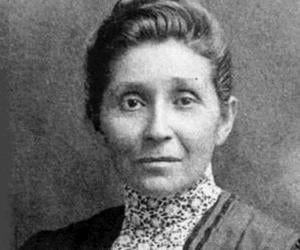
Best known for his masterpiece The Sorcerer's Apprentice, French composer Paul Dukas was admired by both conservative and progressive French musicians. Born to a pianist mother, Dukas had begun composing while recovering from an ailment at age 14. Shortly before his death, he destroyed most of his manuscripts.
Part of the Mayo medical family of the U.S., Charles Horace Mayo had established the Mayo Clinic with his brother William James Mayo and others. He specialized in varied medical fields, mastering neurosurgery, goitre surgery, cataract operations, and other procedures. He later served the U.S. Army surgical team.
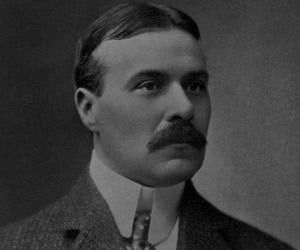
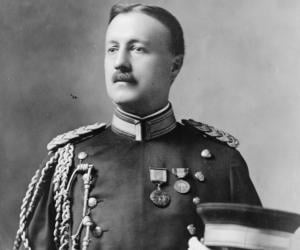
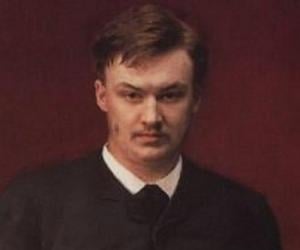
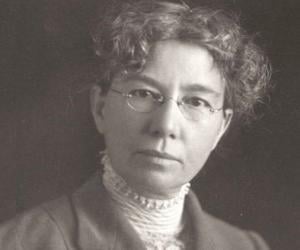
Mary Gilmore was an Australian writer and journalist. She wrote both prose and poetry and is recognized for her tremendous contribution to Australian literature. As a young woman, she became a school teacher and held utopian socialist views. She eventually started writing and gained fame as an author and poet later in life.
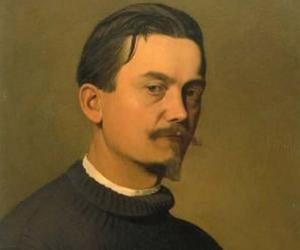
Born in Switzerland, Félix Vallotton later moved to Paris to study art and grew to be one of the prominent members of the Les Nabis. Renowned for his woodcuts, he mostly focused on nudes and interiors. Politically conscious, he often infused political themes in his art, such as The Demonstration.
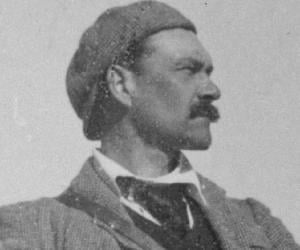
Painter Akseli Gallen-Kallela developed a love for the Finnish countryside as a child and later depicted the beauty of the Finnish landscape through his works. Chiefly known for his illustrations of the epic Kalevala, he merged many artistic concepts such as outdoor painting and symbolism.
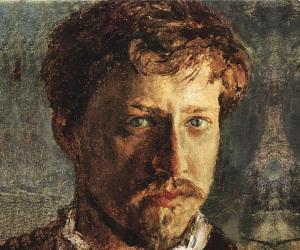
Valentin Serov was a Russian painter best remembered as a master of portraiture. Apart from painting the portraits of prominent personalities, Serov also painted several self-portraits. From 1897 to 1909, he taught painting at the Moscow School of Painting, Sculpture and Architecture where he taught future painters like Pavel Kuznetsov, Martiros Saryan, N. N. Sapunov, Konstantin Yuon, and Kuzma Petrov-Vodkin.
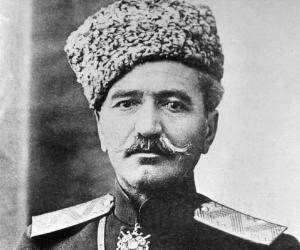
Andranik was an Armenian statesman and military commander. He played an important role in the Armenian national liberation movement and took part in the military campaigns as part of Armenia's fight for independence. He also took part in the First Balkan War and World War I. Today, Andranik is considered a national hero in Armenia.
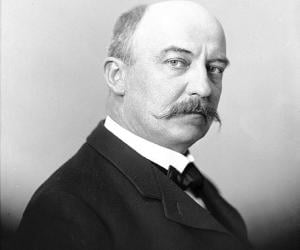
Polish professor of hydroelectric engineering and statesman Gabriel Narutowicz served as first President of Poland after the country regained sovereignty from partitioning powers. A pioneer of electrification, Narutowicz served as the Minister of Public Works and as the Minister of Foreign Affairs before becoming the first president of the Second Polish Republic. He was assassinated five days after assuming office as the head of state.
Pieter Zeeman was a Dutch physicist whose discovery of the Zeeman effect earned him the prestigious Nobel Prize in Physics in 1902, which he shared with Hendrik Lorentz. Over the course of his career, Zeeman received several other awards, such as the Matteucci Medal in 1912, Henry Draper Medal in 1921, Rumford Medal in 1922, and Franklin Medal in 1925.
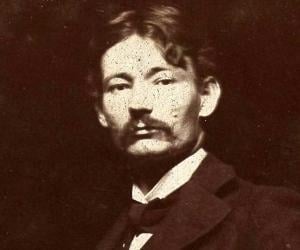
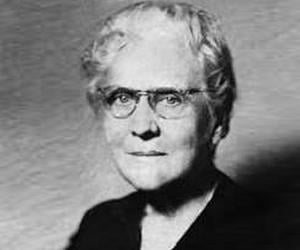
Mary White Ovington was an American journalist and suffragist. She is best remembered as one of the founders of the National Association for the Advancement of Colored People (NAACP). Throughout her life, Mary White Ovington remained active in the fight for women's suffrage in the United States of America. She also wrote several articles and books including an autobiography.
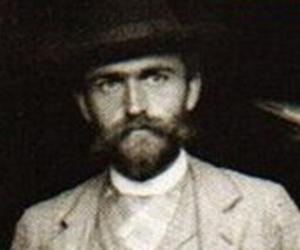
Karl Blossfeldt was a German photographer, artist, sculptor, and teacher. He is best remembered for his work Urformen der Kunst, a collection of close-up photos of animals and plants. The book became highly influential and Blossfeldt's works were used as teaching tools in Berlin. Blossfeldt also served as a professor at the United State Schools for Fine and Applied Art.
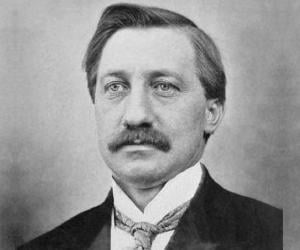
Apart from being a qualified physician, Frederick Cook was also a passionate explorer. He was initially the surgeon on explorer Robert E. Peary’s team. He later created controversy by conflicting with Peary, saying it was him and not Peary who had first explored the North Pole, though his claims were denounced.
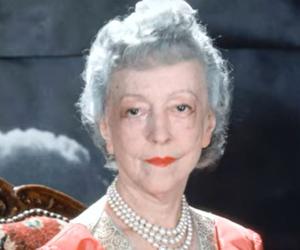
One of the first female interior designers of her time, Elsie de Wolfe was largely known for her anti-Victorian elements in her designs. She was also a professional stage actor and had also launched her own theater company. Her works include the Colony Club, New York’s first women’s club.
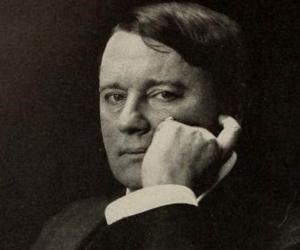
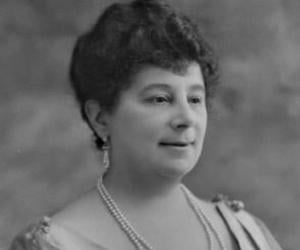
Best known for her historical novel The Scarlet Pimpernel, Hungarian-British novelist Emma Orczy was the only child of noted composer Baron Felix Orczy. While she initially studied art, she later took to writing. Apart from the Pimpernel sequels, she also penned several collections of detective stories, such as Lady Molly of Scotland Yard.
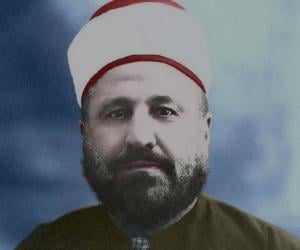
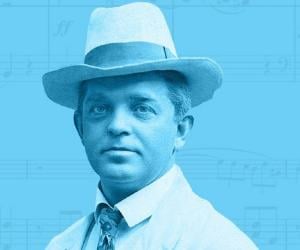
Carl Nielsen was a Danish violinist, composer, and conductor. He is widely regarded as the most important Danish composer of all time. Nielsen also taught music at the Royal Academy and served as its director in 1931. Thanks to his teaching career, he has had considerable influence on Denmark's classical music. Among his pupils were Thorvald Aagaard and Harald Agersnap.
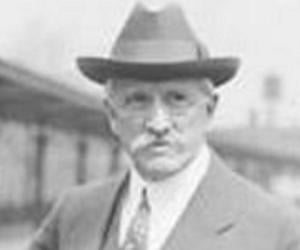

Social Democratic Party of Germany member Philipp Scheidemann was the man who declared the formation of the Weimar Republic and also served as its chancellor. Born into a working-class family, he initially apprenticed as a printer. The rise of the Nazi power caused him to move to Denmark later.
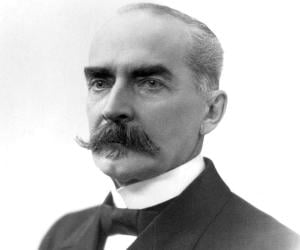
Finland’s 1st president, Kaarlo Juho Ståhlberg was one of the first politicians to introduce republicanism in Finland. A lawyer and judge, he initially taught law and economics at the University of Helsinki. The National Progressive Party member is also remembered as one of the main figures behind the Finnish constitution.
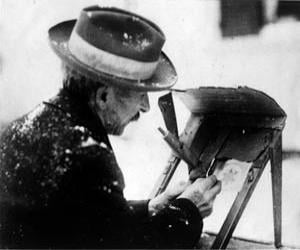
Popularly known as Snowflake Bentley, US meteorologist and photographer Wilson Bentley had taken the world’s first detailed photographs of snowflakes and had thus pioneered snowflake photomicrography. He thus laid the foundation of the study of atmospheric ice crystal formation. Hailing from a farming family, he spent his entire life on his farm.

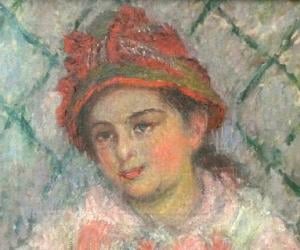
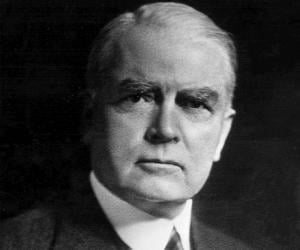
Nobel Peace Prize-winning Methodist evangelist John Mott was a leading member of the YMCA and the WSCF. He also co-organized the World Missionary Conference, which heralded the ecumenical movement. He had declined an invitation to travel on the doomed luxury liner Titanic, which sank in the Atlantic Ocean.
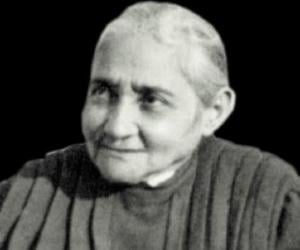
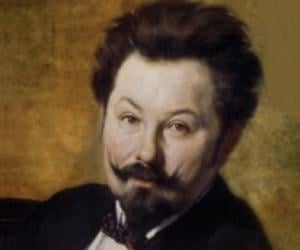
Remembered for pioneering the eurythmics approach of learning music, Swiss composer Émile Jaques-Dalcroze was a major figure of the modernist movement in music. Starting his career as a professor at the Geneva Conservatory, he later launched his own music school, which was later shut down by the Nazis.
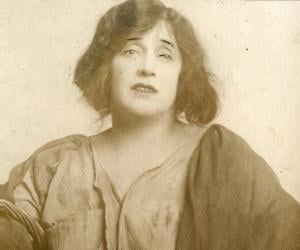
Known as successful businesswoman, Catherine Anselm Gleason had many firsts to her credit. The first woman to study engineering at Cornell University, she later became the first female to become receiver of a bankrupt company and successfully restored it. Later, she also became the first female president of a national bank, and member of the American Society of Mechanical Engineers.

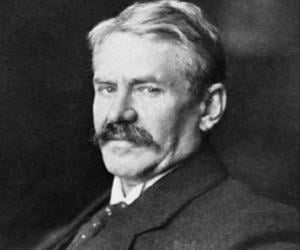
Ernst Troeltsch was one of the first German theologians to insist that the Christian church should reconsider its version of absolute truth. The Social Teaching of the Christian Churches remains his best-known work. The son of a physician, he was skeptical of religious absolutism from the very beginning.
